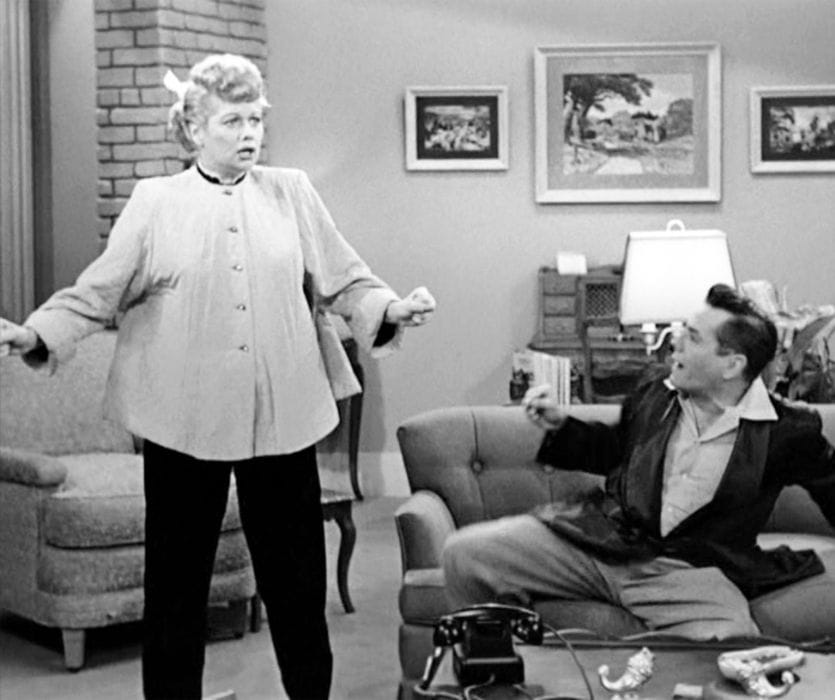If I had a dime for every time a pregnant mama panic messaged me about the baby in their belly not being head down, well, I would be sitting on a damn gold mine right now.
But in all honesty, it has to be one of the top 5 topics I get asked about as a labor and delivery nurse on Mommy Labor Nurse. And I get it. I really do. Baby’s position in your belly can completely impact your delivery experience.
But today, I want to lay some of the misconceptions surrounding baby’s position to rest, and eliminate a whole lot of unnecessary anxiety for you.
So, buckle up buttercup, because we're about to deep dive into the nitty-gritty of this whole "head down" obsession.
What's the Big Freakin' Deal About Being Head Down Anyway?
I called it an obsession, and to be quite honest, that’s not too far off. So why the so-called “obsession” with baby being head down anyway??
The reason everyone gets their organic cotton panties in a wad about a vertex presentation (that's fancy medical talk for head down) is because it's generally considered necessary to attempt a vaginal birth.
That adorable little noggin is basically the body's own perfectly contoured eviction notice, ideally shaped to politely (or not so politely) nudge its way through the exit (your vagina). Anything other than a noggin?
Well, let's just say it can make things... complicated.
But hold those horses, we're not doom-and-gloom-in’ just yet.
What Happens When Baby Decides Their Head Isn't the “Trendiest” Way Out?
Now that we've established the head's starring role in this uterine drama, let's pivot to the other ways your baby might be situated in your belly…
Because your little darling might decide that a butt-first, feet-first, or even a sideways entrance is the way to go. And while I admire their individuality, let's just say the medical community generally frowns upon these presentations.
Why is that you ask??
Well, picture trying to squeeze an awkwardly shaped watermelon through a keyhole (Ow!!). It can happen, but it's usually messier, riskier, and requires a whole lot more ummm, skill (and often a side of surgery).
The Great Position Debate: When to Actually Worry
Ah, the million-dollar question that keeps pregnant people up at night, right after "Did my water just break?" and "Are these Braxton Hicks or the real deal?".
The short answer, try not to lose sleep over it too early in your pregnancy.
Most providers aren't going to start getting their feathers ruffled by a breech baby until closer to the end of the third trimester, around 36 weeks or so. Well, let’s be honest, hopefully they’re not ever getting their feathers ruffled by a breech baby…I mean, it is their job to stay composed after all.
Early on, your baby is basically an itty bitty, free-floating jumping bean in your uterus with plenty, and I mean plentyyyyyy, of time and space to change their mind (and position) multiple times…and you better believe your bottom (pun intended) they will.
Time to Cooperate, Baby: How to Encourage a Head-Down Position
So, what can be done if your precious little gymnast doesn’t want to cooperate? Before you put a surgical delivery on the table, there are a few tricks that might help. Notice I said might.
Babies are notoriously stubborn and have minds of their own. There is zero guarantee these things will work but you don’t know if you don’t try, ammirite?!
So, if you’re 32 weeks along or greater, you’ve got a breech or transverse (sideways) babe, and you have your provider’s blessing, give some or all of these a whirl.
🟢 Forward leaning inversion:
Yoga-like position where you elevate your hips above your head while keeping your hands and knees on the ground (if you aren’t Simone Biles, you might need some assistance).
🟢 Webster Technique:
Performed by a trained chiropractor to make more room in the pelvis and give baby a better chance of turning.
🟢 Curb walking:
Walking with one foot on the curb and the other foot on the street. This uneven tilt to your pelvis can encourage the baby to shift and hopefully move into a head-down position.
🟢 External Cephalic Version (ECV):
A procedure where a trained healthcare provider manually attempts to turn a baby from the outside (really don’t do this one without talking to your provider).
A (not so) gentle reminder for those of you that are less than 32 weeks…STOP THE STRESSING!
Easier for me to say, I know, but a whopping 97% of babies will turn head down by 36-37 weeks. And those who don’t? It’s going to be okay. They will still be born one way or another.
The Bottom Line? Trust Your Body, Trust Your Team
Look, I get it, pregnancy is wild, to say the least. It’s basically 9 months full of unknowns, unsolicited advice, and sheer discomfort.
When it comes to your baby's position, try to remember that:
- Your body is pretty freakin’ amazing
- Your baby (usually) knows what they're doing
- You're surrounded by a team of professionals who are experts in getting babies out of uteruses, one way or another.
Whether your baby arrives through the va-jay-jay after a textbook labor or takes a more scenic route through the sunroof, the most important thing is that you both arrive safely on the other side.
So, take a deep breath, try to relax, and focus on the wild ride incredible journey you're on. You are gonna BIRTH IT UP!!
Also check out: 22 Ways to Turn a Breech Baby Naturally




Leave a Comment